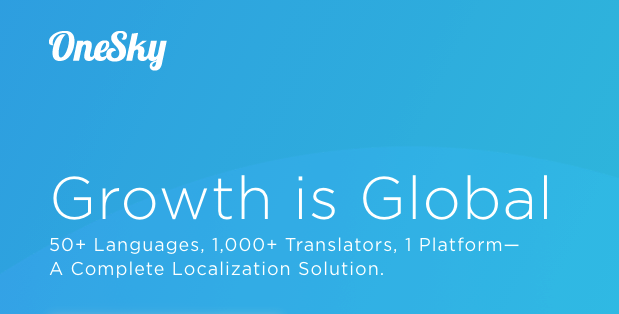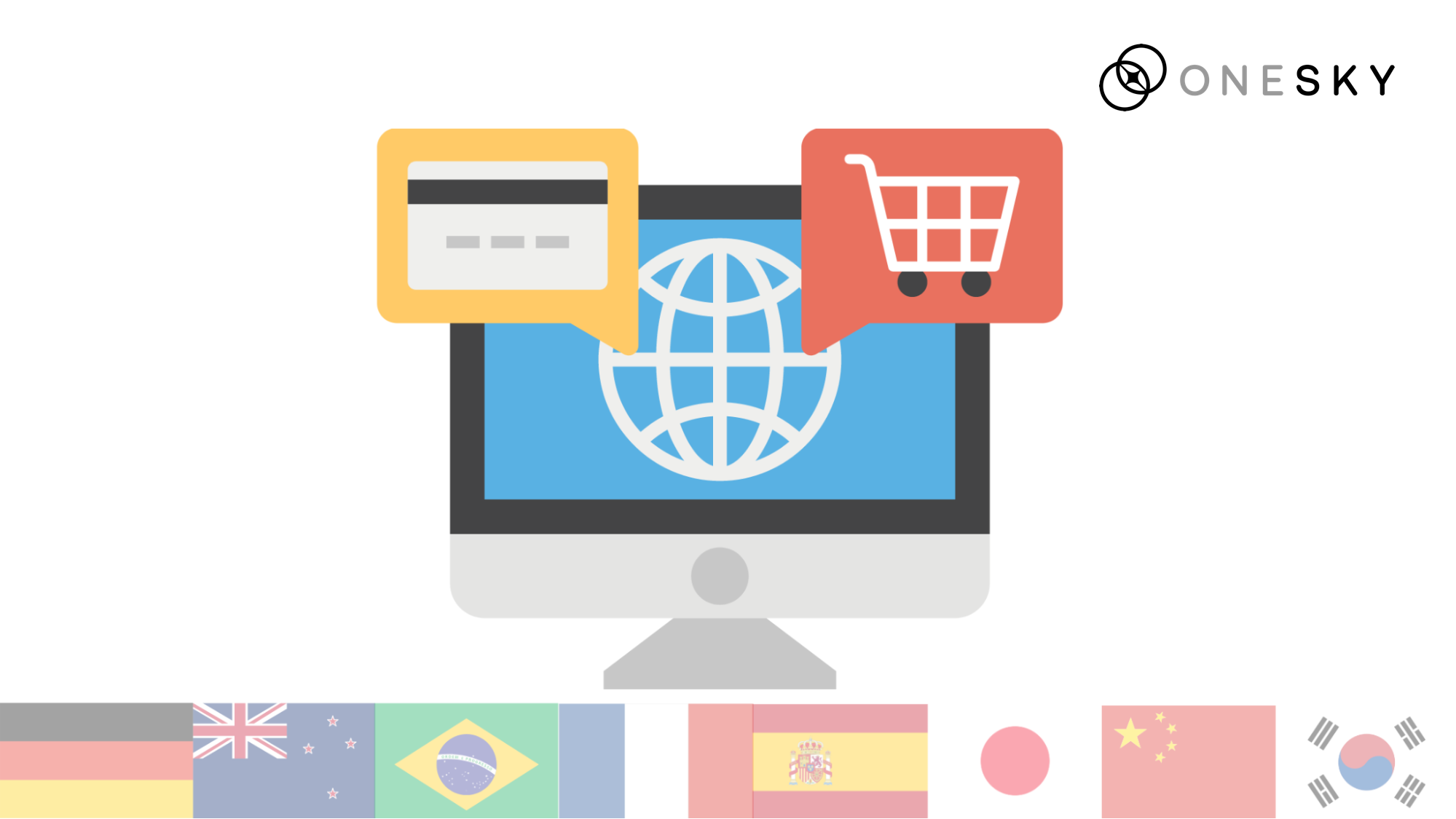Placeholder Validation For Websites / Mobile Apps Translation
Whenever I tell my friends that OneSky is specializing in mobile apps & website translation, they often ask me the same questions – “What are the difference between translating ordinary documents, websites or mobile apps? What does your company offers that are different from traditional agencies?”
So in this blog post, I’m going to discuss one feature that a lot of our clients like about OneSky translation platform. It’s called “Placeholder Validation”.
What is a Placeholder?
Website or app translations often include complex tags that should not be translated.
For example, a website might want to display “Welcome back, John” to the user whose name is John whenever he revisits the website. In the code file, you’ll see something like “Hi %s”.
Or one might want to display a “Contact Us!” message with an embedded hyperlink that directs users to the appropriate page. In the code file, you’ll see something like “<a href=”#link”>Contact Us!</a>”.
The %s and <a href=”#link”> are examples of placeholders and tags that need not be translated but should be included properly in the translation.
Why do you need Placeholder Validation?
Take the above as examples, errors would be created if translators accidentally translated the word (e.g. “link”) contained in the tags or forgot to include the placeholders in the translation.
If you’re using translators who aren’t experienced in handling placeholders, be prepared for a lot of back-and-forth communications to handle all the errors that might involved.
Placeholder validation is the solution to save time and improve translation quality.
How does Placeholder Validation work on OneSky translation platform?
OneSky platform can auto-detect all placeholders in the source files. For translators to easily identify placeholders and prevent them from accidentally translating the placeholders, our system would display the placeholders like a button in our cloud-based translation platform where our translators work.
In order to provide more context for translators, there’s also an option that developers can edit the placeholders on our platform so that it’d be easier for translators to understand what a particular placeholder stands for within a phrase.
For example, instead of displaying “Welcome {%@}”, you can display the placeholder as {username} to help translators understand the context to produce better translation.
Providing context is especially important for websites and mobile apps translation because websites and mobile apps translation often involves the translation of short phrases. If there aren’t enough information about the context, it might be hard for translators to produce quality translation.
Don’t worry, this feature is for display purpose only. When you download the translated file, the placeholder would be automatically converted back to {%@} by our system.
OneSky system would also automatically warn translators if they forgot to include the placeholders. In fact, a translation cannot be submitted if there’re missing placeholders.
If you like this feature and would like to experience it yourself, sign-up for a free account at OneSky today to start exploring. Alternatively, you can also contact us if you’ve any questions regarding placeholder validation.



 Written by -
Written by - 




 Written by
Written by 


